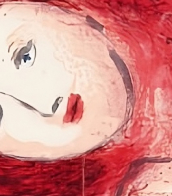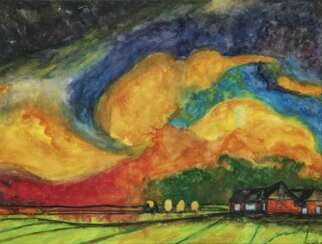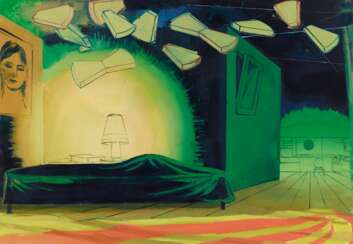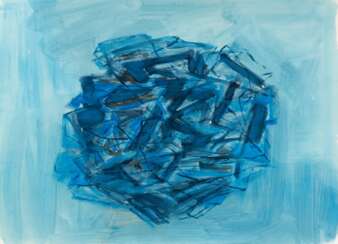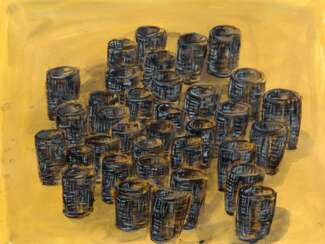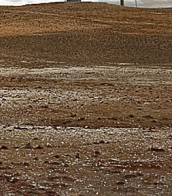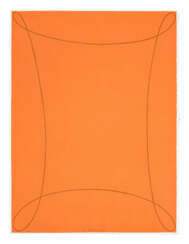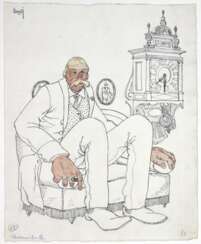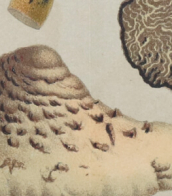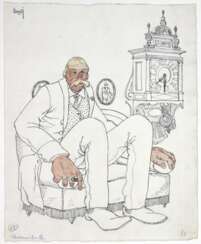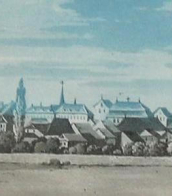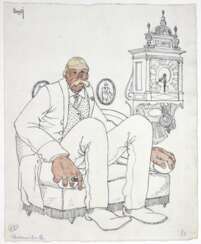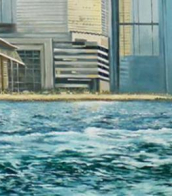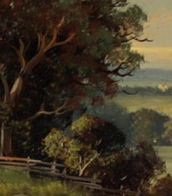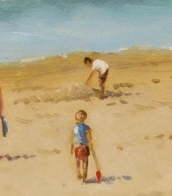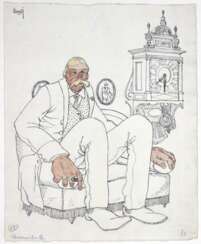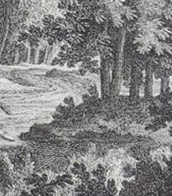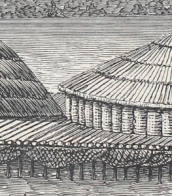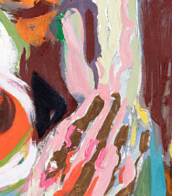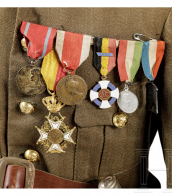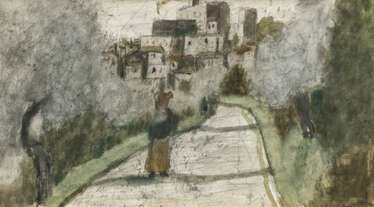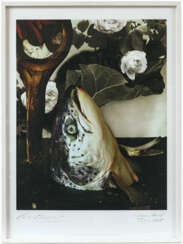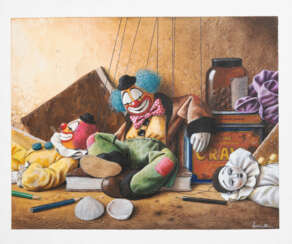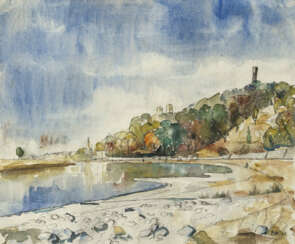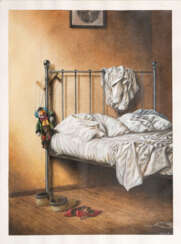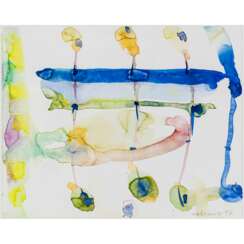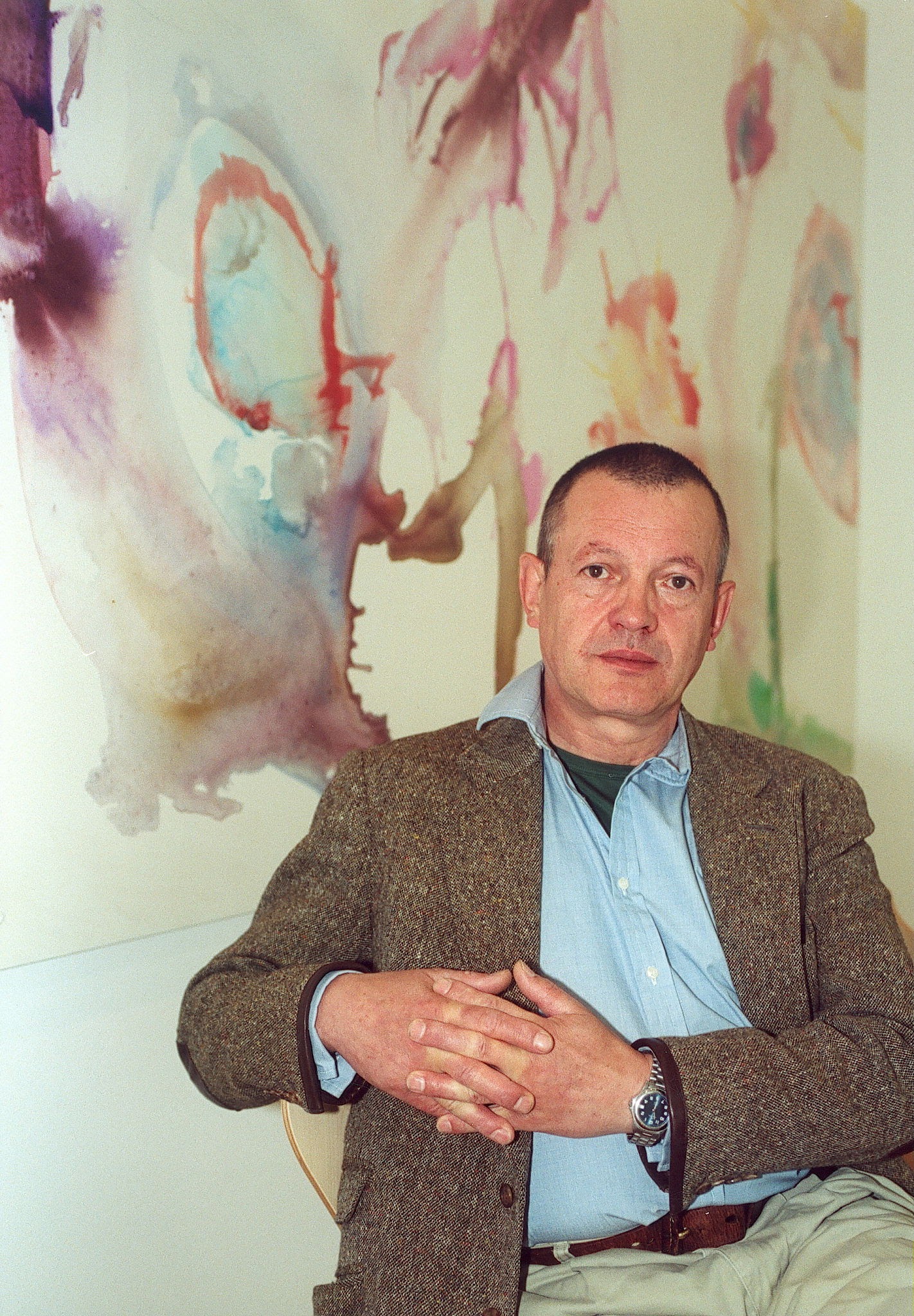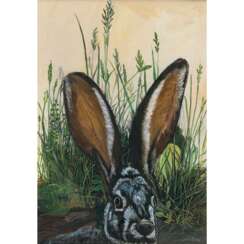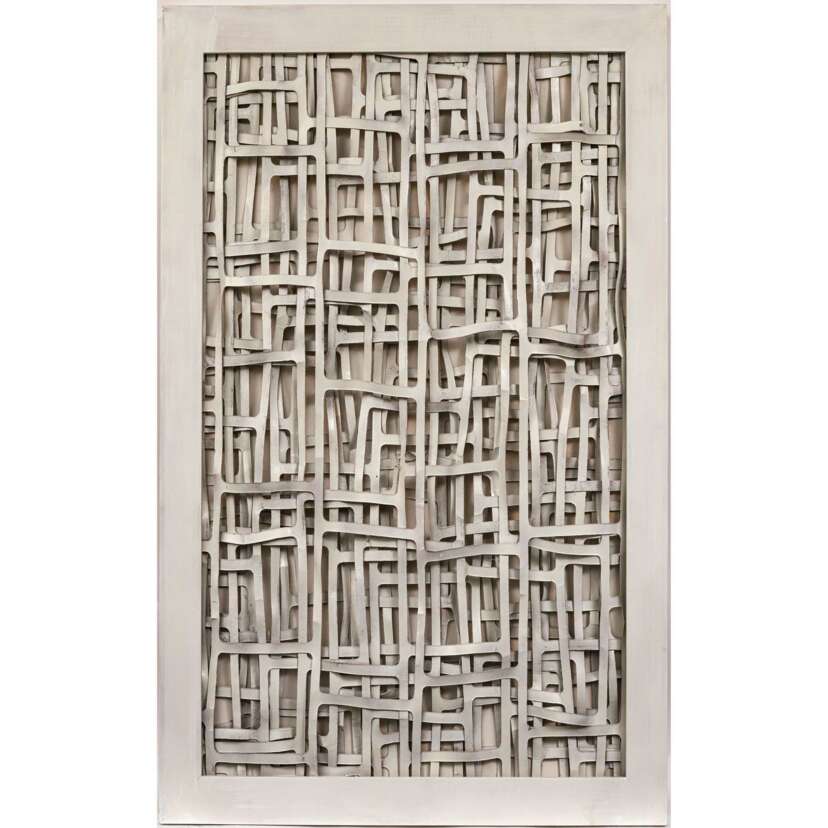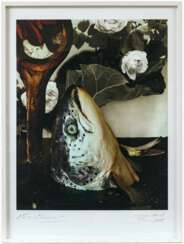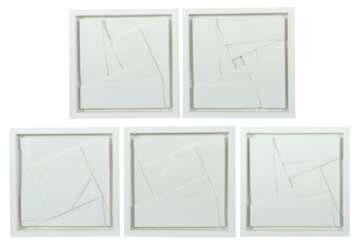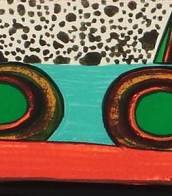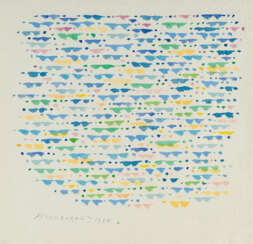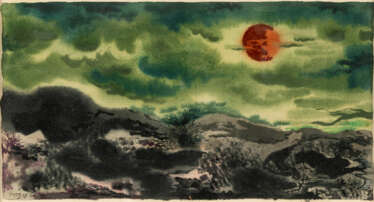aquarellpapier
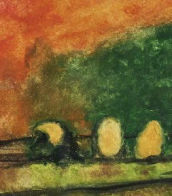
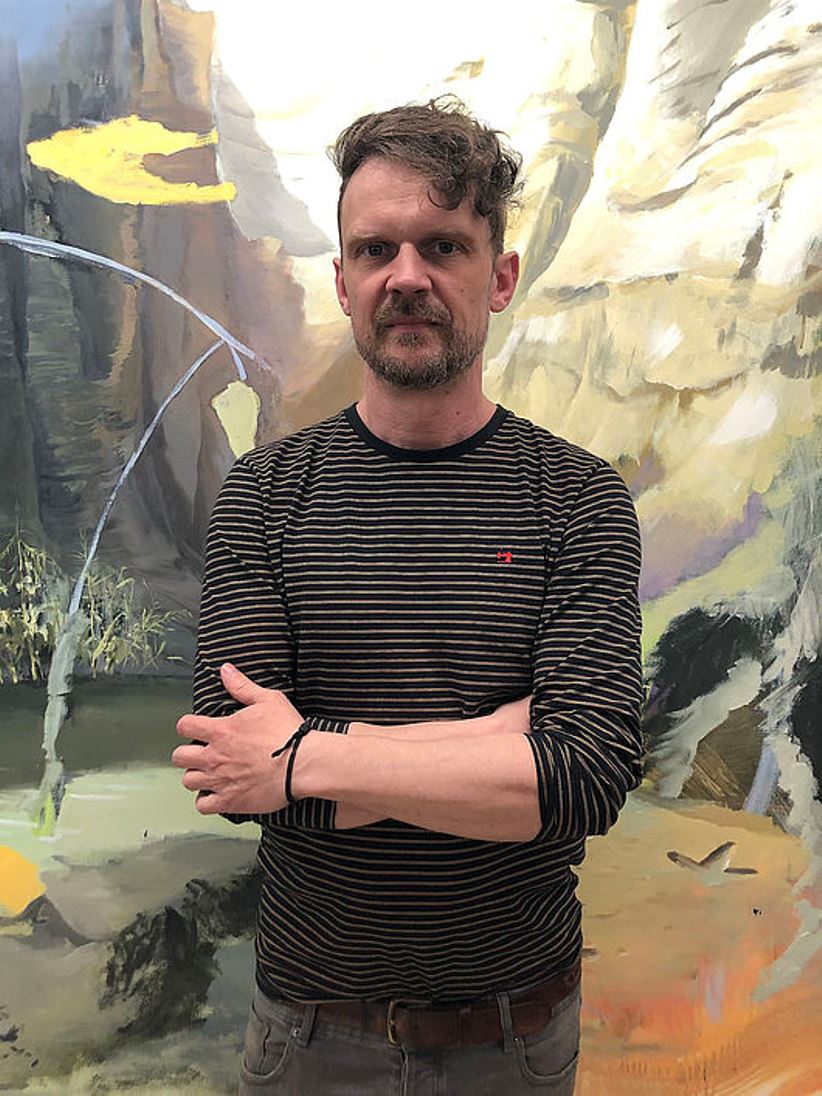
Tilo Baumgärtel is a German artist who lives and works in Leipzig.
His paintings go back to the works of social realism and large-format propaganda posters. The artist works with a variety of mediums and techniques. In addition to painting, he also uses lithography, drawings on paper, and video. Pictorial space and the creation of sometimes surrealistic landscapes is one of his central themes.
Tilo Baumgärtel also collaborates with theaters, developing sets and videos on scenography.
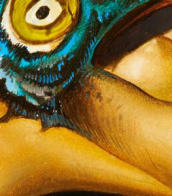
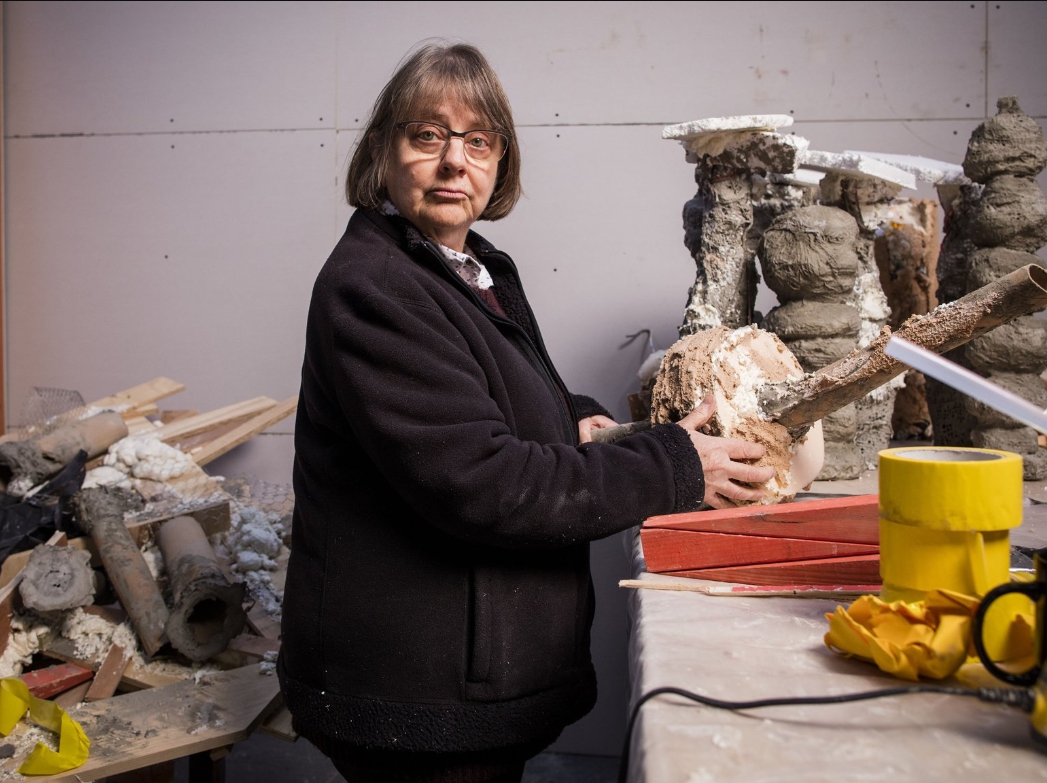
Phyllida Barlow is a British artist. She studied at Chelsea College of Art (1960-63) and the Slade School of Art (1963-66). She joined the staff of the Slade in the late 1960s and taught there for more than forty years. She retired in 2009 and is thus an emerita professor of fine art. She has had an important influence on younger generations of artists; at the Slade her students included Rachel Whiteread and Angela de la Cruz. In 2017 she represented Great Britain at the Venice Biennale.
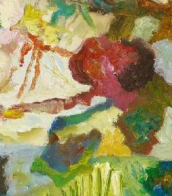

Phyllida Barlow is a British artist. She studied at Chelsea College of Art (1960-63) and the Slade School of Art (1963-66). She joined the staff of the Slade in the late 1960s and taught there for more than forty years. She retired in 2009 and is thus an emerita professor of fine art. She has had an important influence on younger generations of artists; at the Slade her students included Rachel Whiteread and Angela de la Cruz. In 2017 she represented Great Britain at the Venice Biennale.

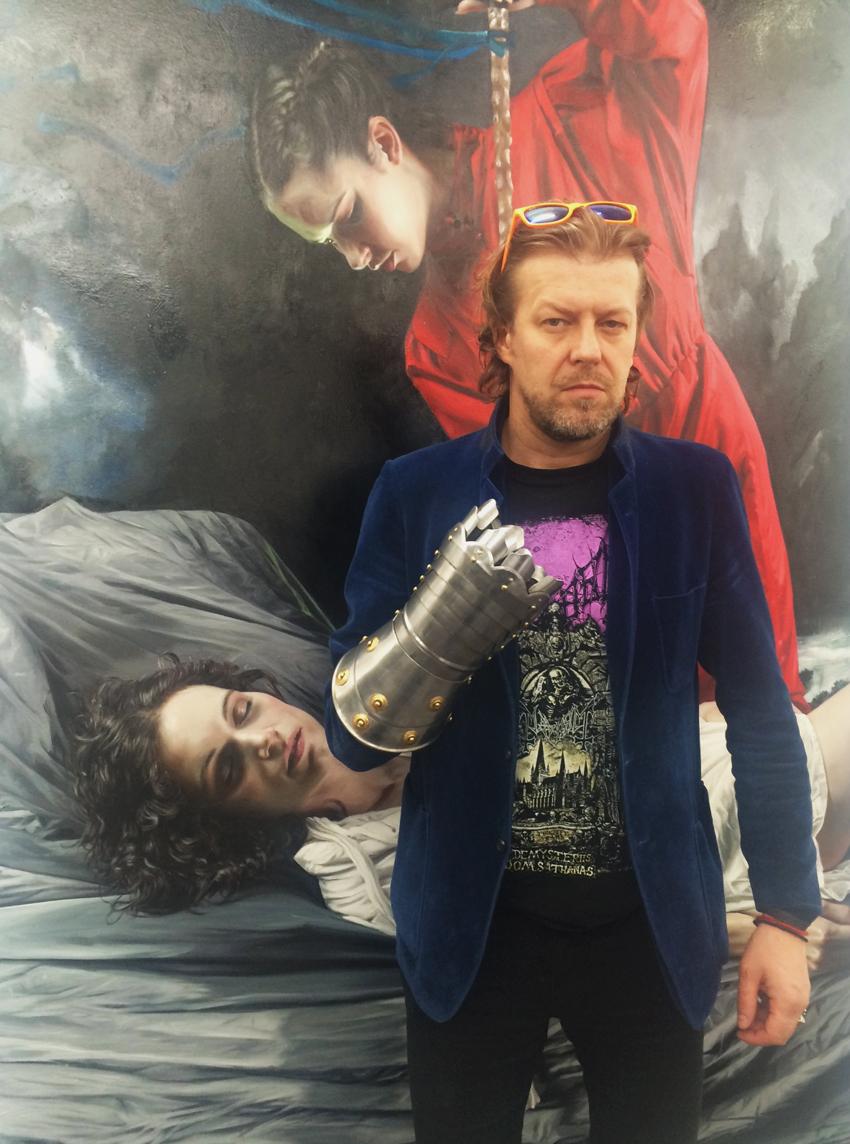
Martin Eder is a German artist.
From 1986 until 1992, he studied at the Augsburg University of Applied Sciences, and from 1993 until 1995 continued his studies at the Academy of Fine Arts Nuremberg, attending the University of Kassel in 1995 and 1996. From 1996 until 1999 he studied under Eberhard Bosslet at the Dresden Academy of Fine Arts and was a master student under Professor Bosslet from 1991 until 2001. Eder lives and works in Berlin. He plays in his own experimental rock band under the name Richard Ruin et Les Demoniaques.
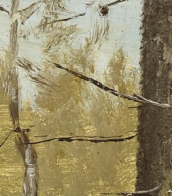
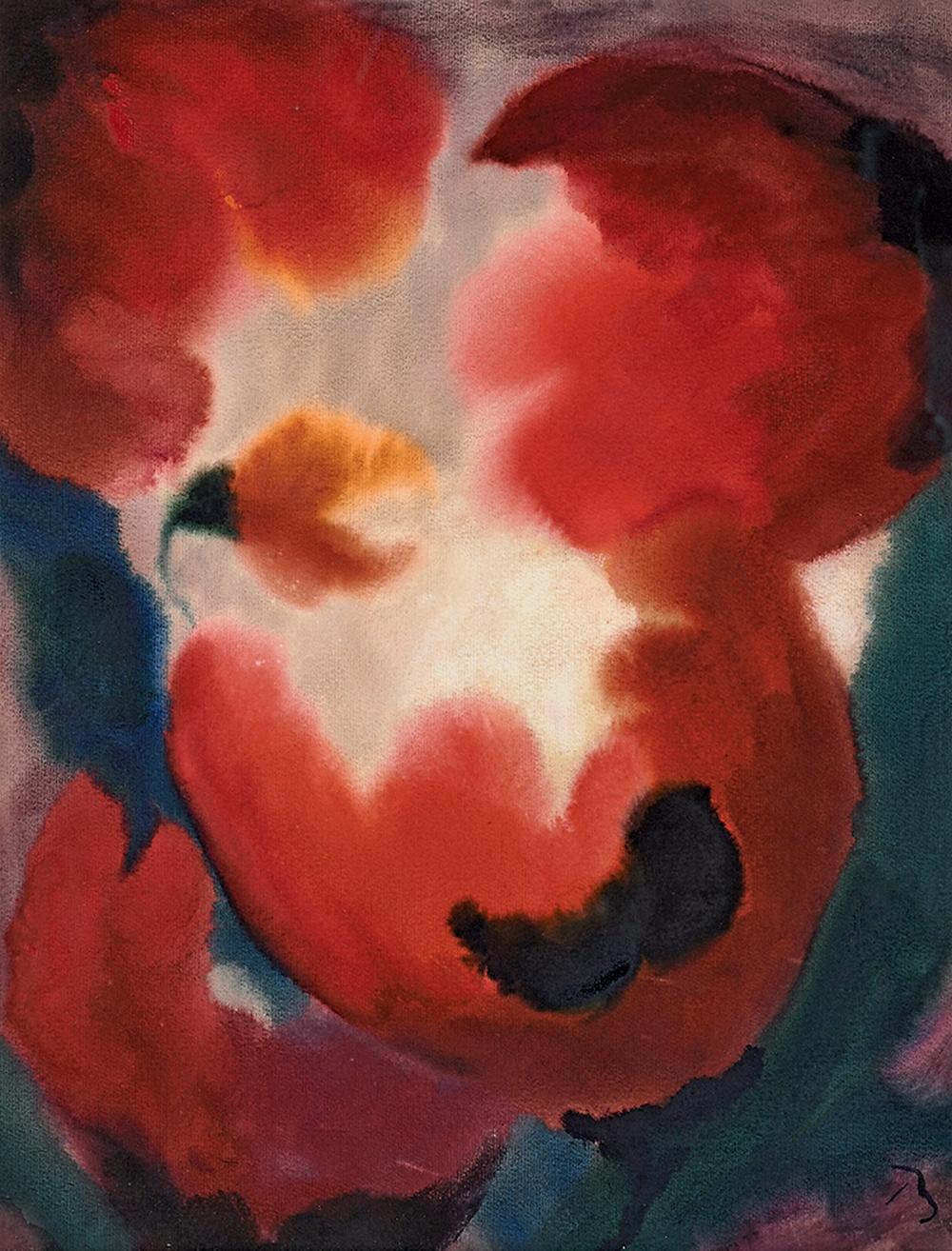
Paul Herbert Beck was a German expressionist watercolor painter.
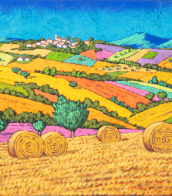
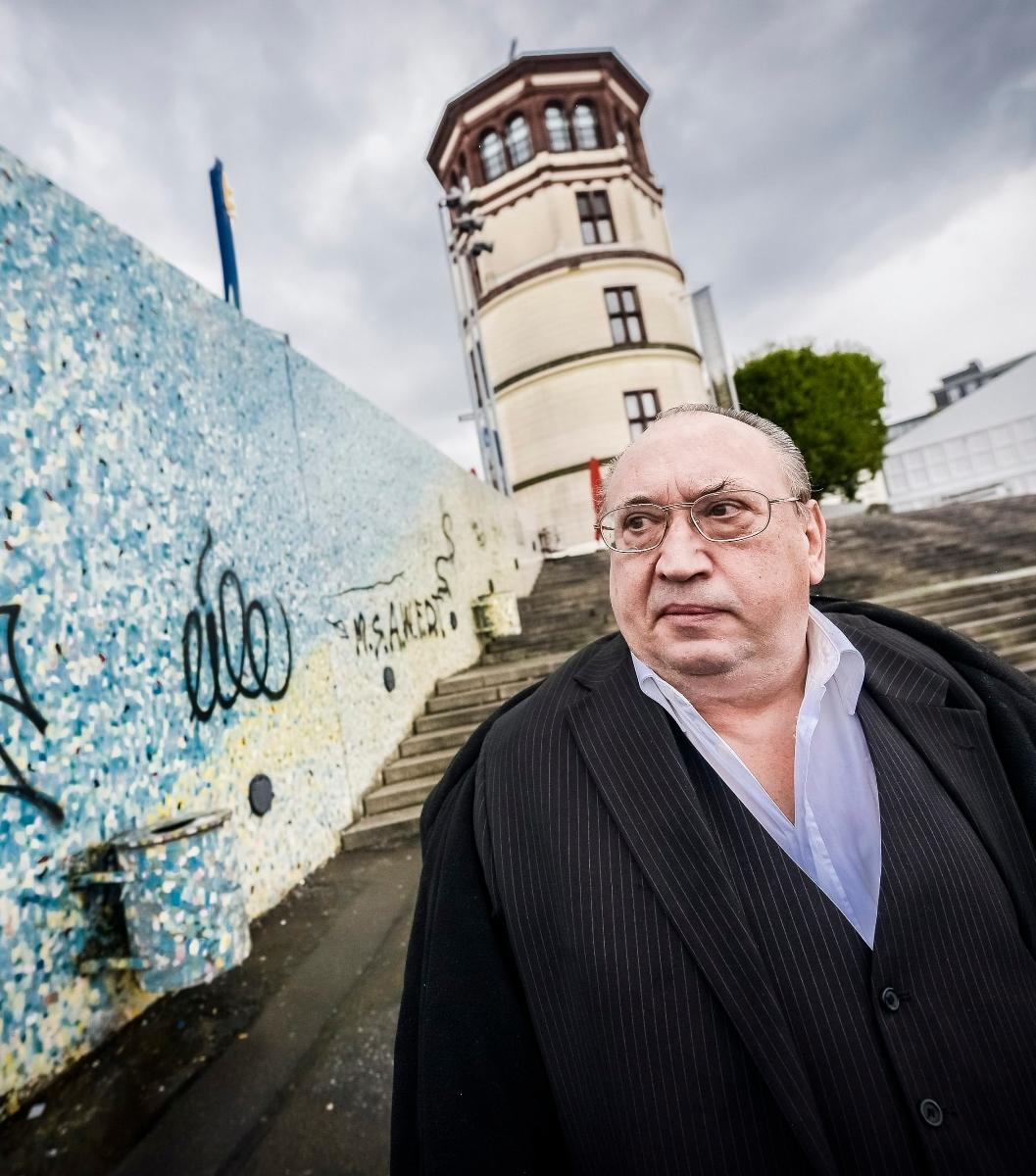
Hermann-Josef Kuhna is a German abstraction artist.

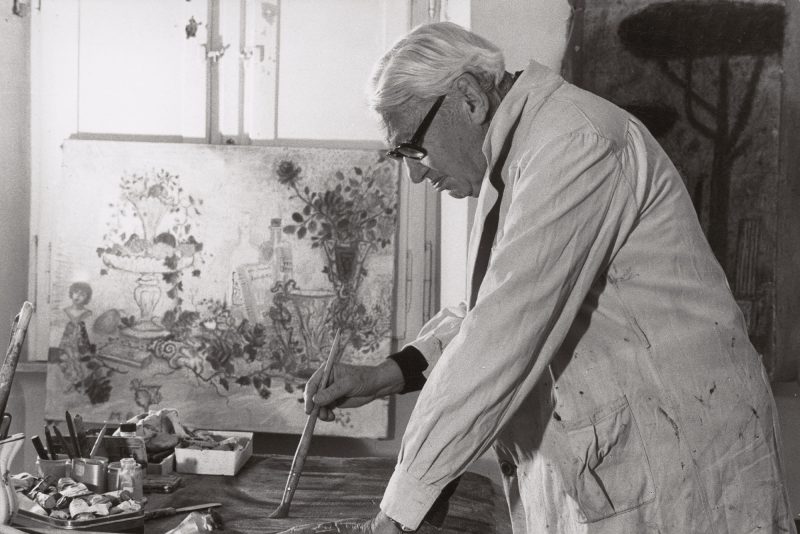
Max Peiffer Watenphul was a German artist. Described as a "lyric poet of painting", he belongs to a "tradition of German painters for whom the Italian landscape represented Arcadia." In addition to Mediterranean scenes, he regularly depicted Salzburg and painted many still lifes of flowers. As well as oil paintings, his extensive body of work encompasses watercolours, drawings, enamel, textiles, graphic art, and photographs.
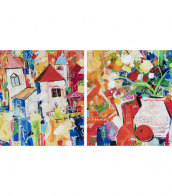
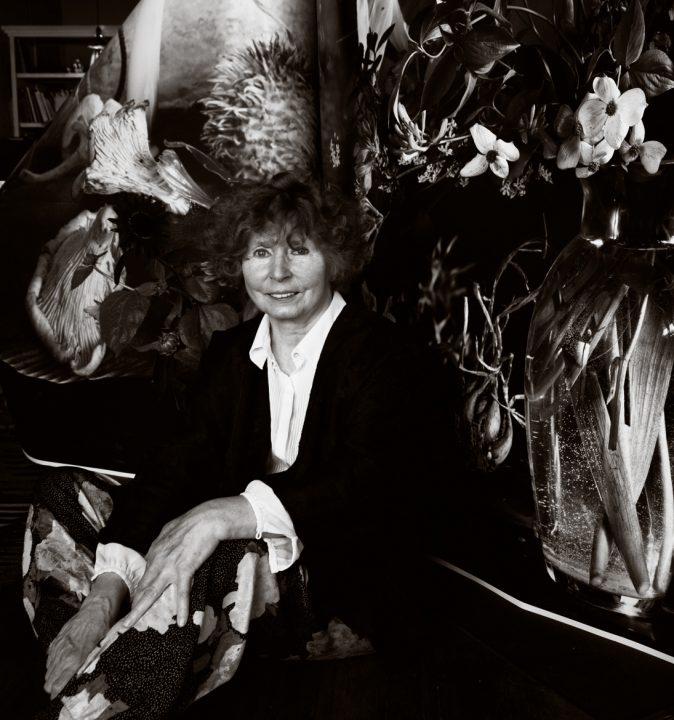
Vera Mercer is a German-born photographer who lives and works in France and the United States.
In the early 1960s she became part of the artistic avant-garde in Paris, which later became known as the "New Realists" (Nouveau Réaliste), photographing movie stars and avant-garde artists of the time. Later she found a new inspiration.
Mercer creates extraordinary large-scale photographic still lifes of food. With the right lighting and carefully chosen compositions of china, cutlery, fruit, seafood and game, Mercer's photographs resemble still lifes in the Dutch Baroque style. With burning candles and artful arrangements, the paintings, flooded with mystical light, are also a reinterpretation of classic vanitas motifs.

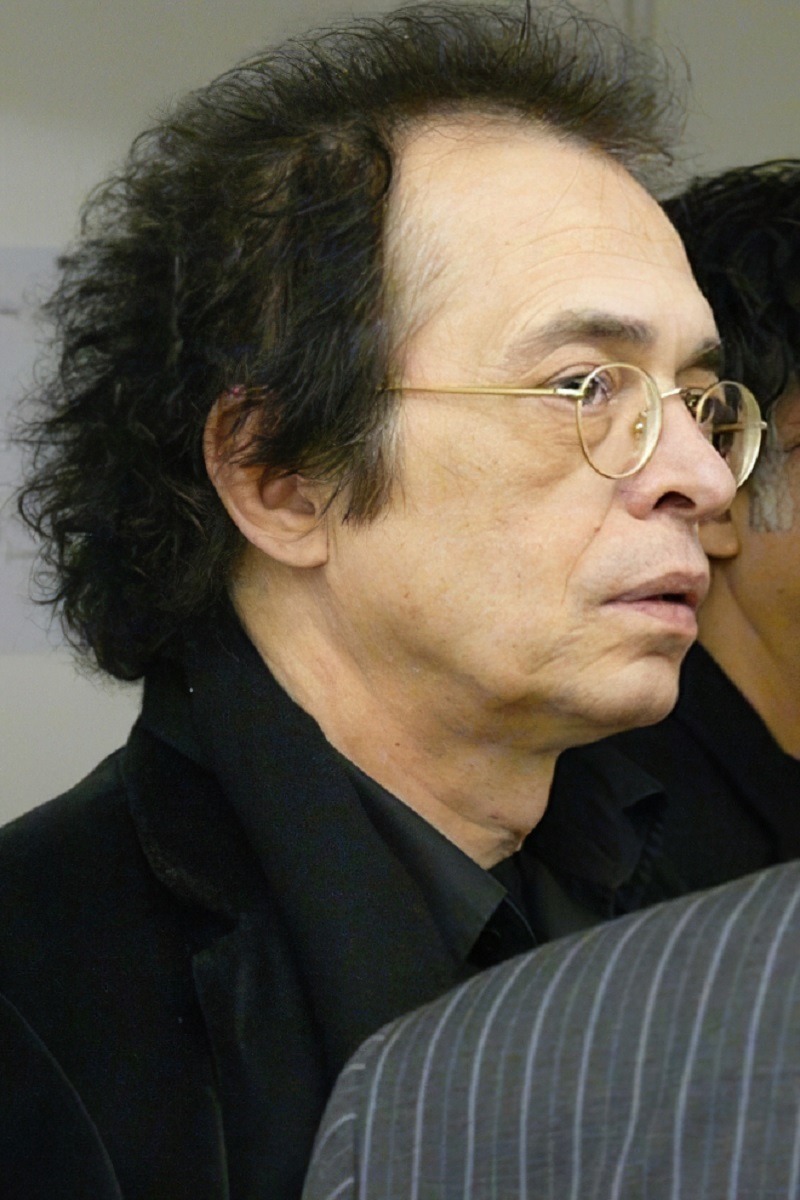
Wahed Khakdan is a contemporary Iranian artist, graphic artist and illustrator.
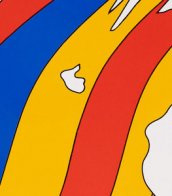
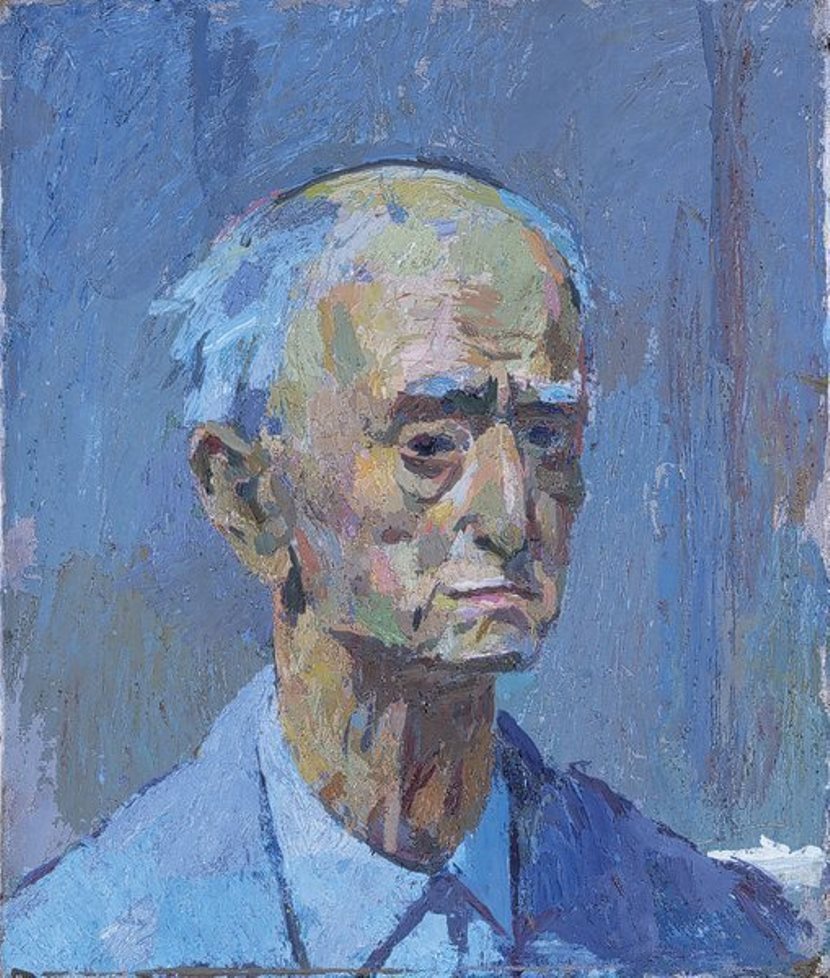
Bernhard Kretzschmar was a German painter and graphic artist.
Kretzschmar studied at the Dresden Academy, in 1920 destroyed most of his work and began his career anew. In 1932 he co-founded the Dresden Secession, but later the Social Democrats banned him as a degenerate artist, and his paintings were removed from museums and galleries. Kretzschmar hated the Nazis and had to flee the country.
Like many artists of his generation, he dabbled in Expressionism, then switched to Verismo. He skillfully tried his hand at both Futurism and Impressionism. He painted on the themes of social poverty, as well as comically depicting the bourgeois way of life. In 1945, most of his works were destroyed in an air raid.
After World War II, social motifs receded into the background and Kretzschmar focused more on landscapes, more often in the suburban areas of Dresden. He also painted several self-portraits with somber, skeptical and ironic facial expressions during his lifetime, which provide a vivid characterization of the artist.
From 1946, Bernhard Kretzschmar worked as a professor at the University of Fine Arts in Dresden. In 1959 he received the National Prize of the GDR, and since 1969 he has been a corresponding member of the German Academy of Arts in East Berlin.
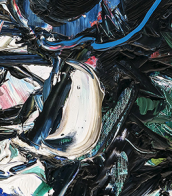

Wahed Khakdan is a contemporary Iranian artist, graphic artist and illustrator.
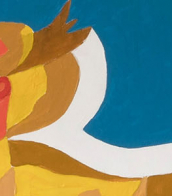

Vera Mercer is a German-born photographer who lives and works in France and the United States.
In the early 1960s she became part of the artistic avant-garde in Paris, which later became known as the "New Realists" (Nouveau Réaliste), photographing movie stars and avant-garde artists of the time. Later she found a new inspiration.
Mercer creates extraordinary large-scale photographic still lifes of food. With the right lighting and carefully chosen compositions of china, cutlery, fruit, seafood and game, Mercer's photographs resemble still lifes in the Dutch Baroque style. With burning candles and artful arrangements, the paintings, flooded with mystical light, are also a reinterpretation of classic vanitas motifs.
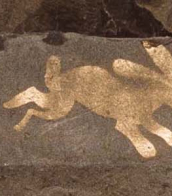
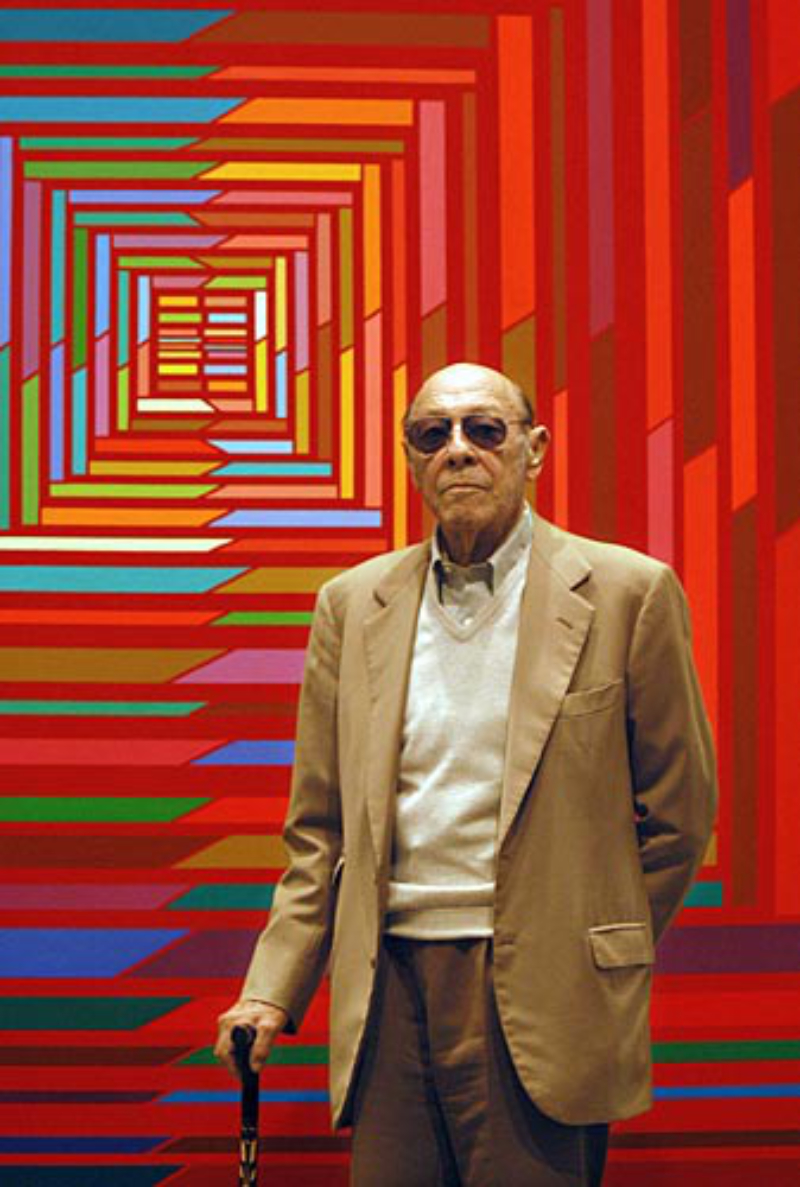
Piero Dorazio was an Italian painter. His work was related to color field painting, lyrical abstraction and other forms of abstract art.
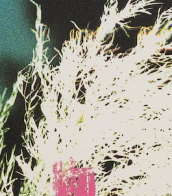
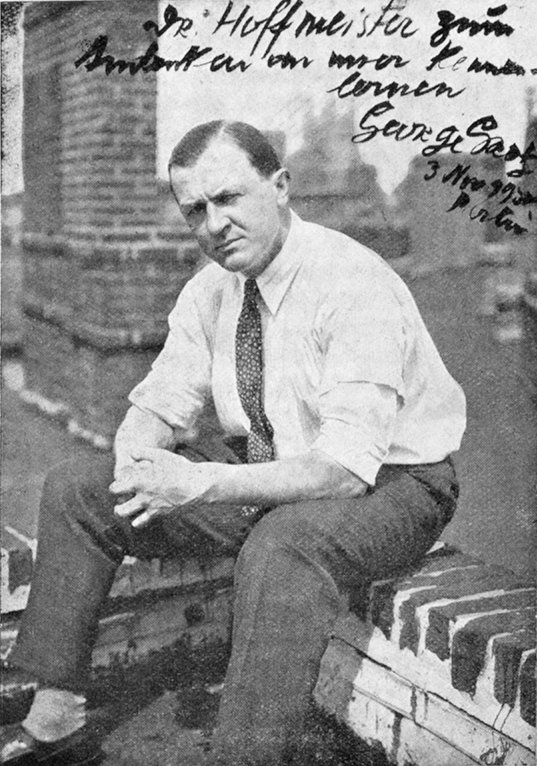
George Grosz was a twentieth-century German painter, graphic artist, and cartoonist. In his work one can find features of various styles of avant-garde art, including Dadaism, Expressionism, and Futurism.
George Grosz drew in every style in a sharp-grotesque and satirical spirit, ridiculing the vices of society. The erotic theme, which occupied a prominent place in Gross's work, was executed in the same spirit.
Grosz devoted more than 20 years to teaching at the Art Students League of New York, and was elected an honorary member of the American and Berlin Academies for his outstanding services to the arts.
